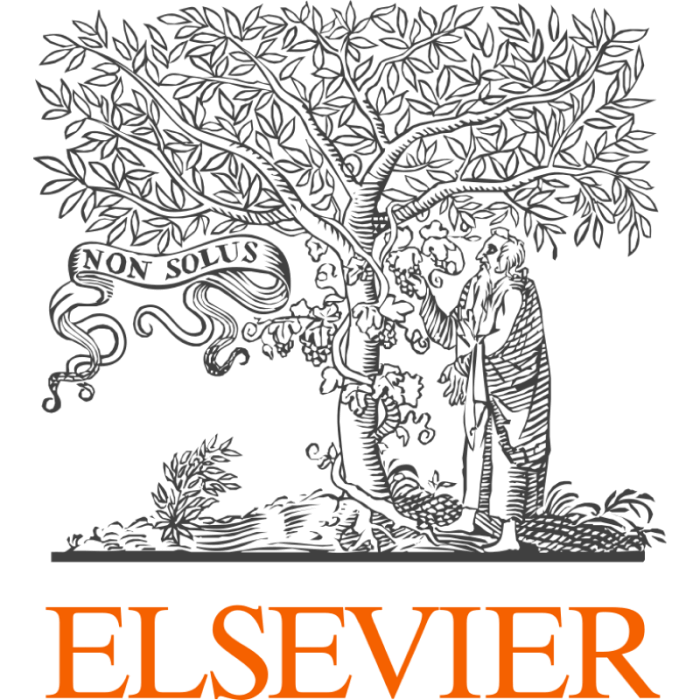Open Access


Biosensors and Bioelectronics: X, volume 12, pages 100266
Ultrasensitive self-driven photoelectrochemical aptasensor for lincomycin detection based on oxygen vacancy-tunable BiOBr nanosheet coupled with dual-function of N-doped Ti3C2 quantum dots
Wei Meng
1
,
Xiaojiao Du
2, 3
,
Yude Zhang
1
,
Xueling Shan
1
,
Wenchang Wang
1
,
Yanli Chen
1
,
Ding Jiang
1
,
Fanxing Xu
4
,
Hiroshi SHIIGI
5
,
Zhidong Chen
1
4
Institute of Forensic Science, Public Security Bureau of Jiangyin, Wuxi, 214431, PR China
|
Publication type: Journal Article
Publication date: 2022-12-01
Journal:
Biosensors and Bioelectronics: X
scimago Q2
SJR: 0.668
CiteScore: 4.6
Impact factor: —
ISSN: 25901370
Biophysics
Electrochemistry
Biotechnology
Biomedical Engineering
Abstract
A high-performance self-driven photoelectrochemical (PEC) platform was designed based on 0D N-doped Ti 3 C 2 quantum dots/oxygen vacancies (OVs) engineered 2D BiOBr nanosheets (N-doped Ti 3 C 2 QDs/BiOBr) nanocomposites for sensitive detection of lincomycin (Lin). The synergistic interplay between 0D N-doped Ti 3 C 2 QDs and 2D BiOBr can generate the fascinating interface of chemical/electronic coupling to further boost the PEC activity, including efficient charge transfer, extended the light absorption and increased carrier density. Experimental results demonstrated that the PEC response of the prepared OV-riched N-doped Ti 3 C 2 QDs/BiOBr van der Waals (vdW) heterostructures were 9-folds stronger than that of OV-deficient BiOBr. On the basis of the such excellent PEC performance, an ultrasensitive self-driven PEC aptasensor was developed with the assistance of Lin aptamer. The proposed sensor exhibited a wide linear response (1.0 × 10 −14 mol/L ∼ 1.0 × 10 −8 mol/L), a low detection limit (3.57 × 10 −15 mol/L, S/N = 3), excellent selectivity and good reproducibility, which provided a promising tool to detect Lin in real samples. This work not only offered a versatile protocol for a wide variety of PEC detection, but also paved the way for the development of more efficient PEC biosensor. • N–Ti 3 C 2 QDs/OV engineered BiOBr heterostructures were prepared by hydrothermal route. • OV concentration can be modulated by tuning N–Ti 3 C 2 QDs amount. • The photocurrent of OV-riched N–Ti 3 C 2 QDs/BiOBr was 9-folds higher than that of pure BiOBr. • A novel kind of self-driven PEC aptasensor was established for Lin assay. • The proposed sensor showed a wide linear range, a low detection limit, and etc.
Are you a researcher?
Create a profile to get free access to personal recommendations for colleagues and new articles.



